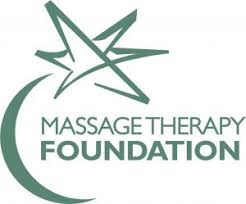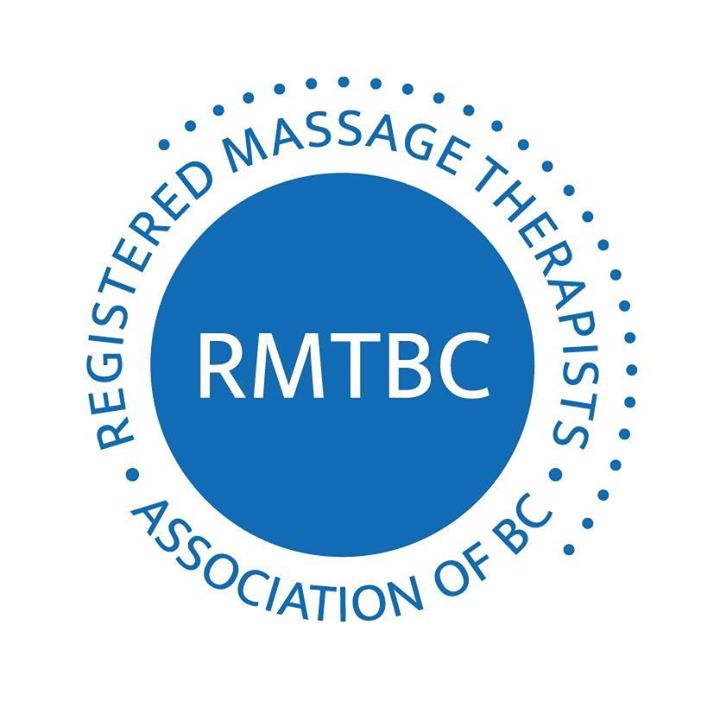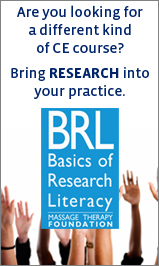Clinical Reasoning in Massage Therapy
Abstract
Abstract: Background. Clinical reasoning has long been a valuable tool for healthcare practitioners, but has been under-researched in the field of massage therapy. Case reports have been a useful method for exploring the clinical reasoning process in various fields of manual therapy, and can provide a model for similar research in the field of massage therapy. A diagnostically challenging case concerning a client with low back pain serves as a guideline for examining the clinical reasoning process of a massage therapist. Methods. A 2-part methodology was employed: 1) A client profile and 2) A reflective inquiry. The inquiry included questions pertaining to beliefs about health problems; beliefs about the mechanisms of pain; the medical conditions that could explain the client’s symptoms; knowledge of the client’s anatomy; assessment and treatment choices; observations made during treatment; extent of experience in treating similar problems; and the ability to recognize clinical patterns. Results. The clinical reasoning process of a massage therapist resulted in a differential diagnosis, which provided an explanation for the client’s symptoms and led to a satisfactory treatment resolution. Conclusion. This report serves as an example of the value of clinical reasoning in the field of massage therapy, and the need for expanded research into its methods and applications. The results of such research could be beneficial in teaching the clinical reasoning process at both the introductory and advanced levels of massage therapy education.Downloads the last 12 months
Download data is not yet available.





.png)





